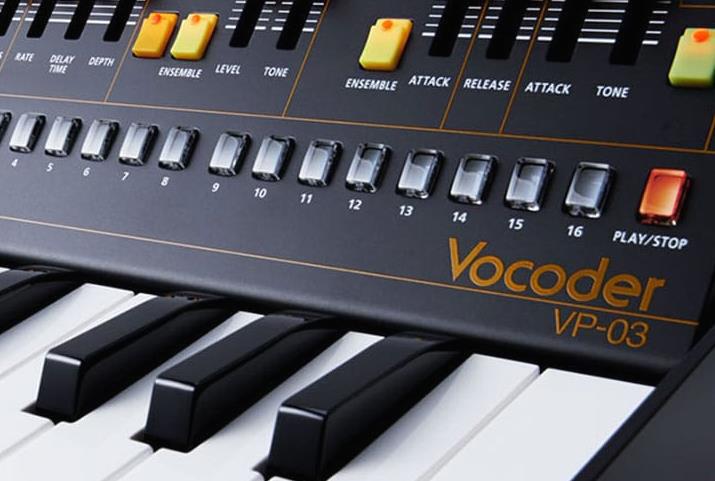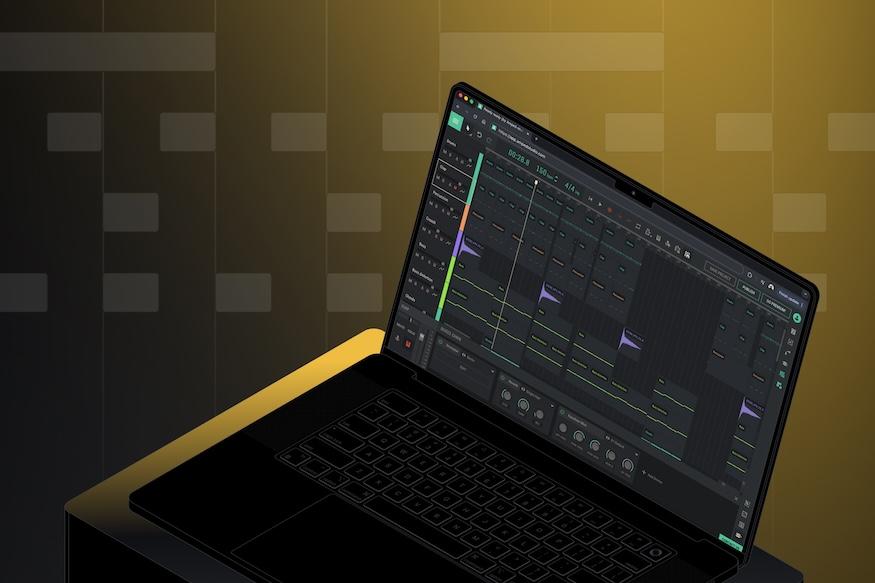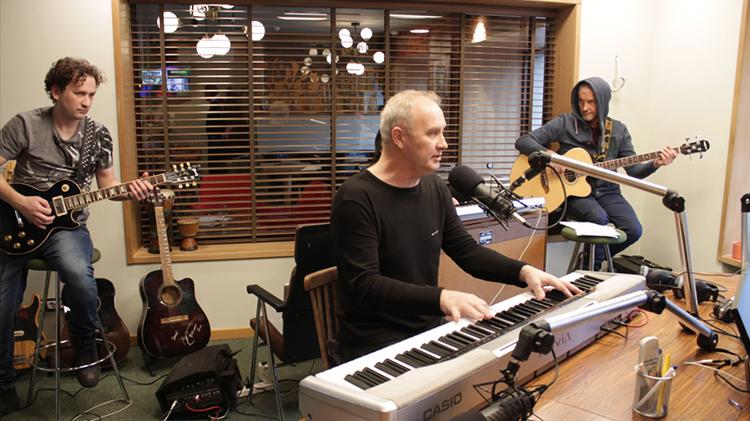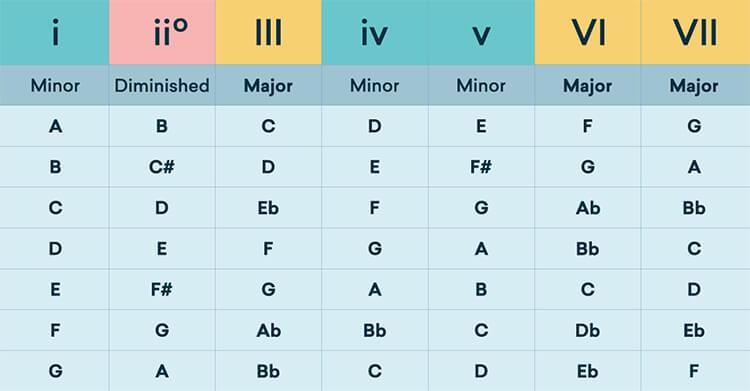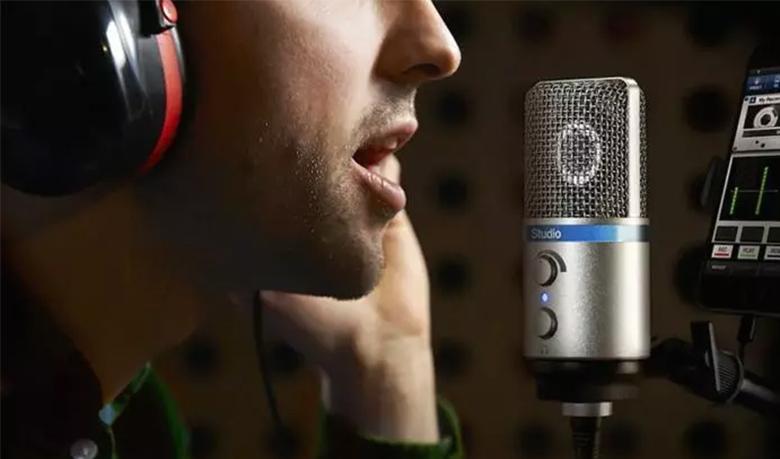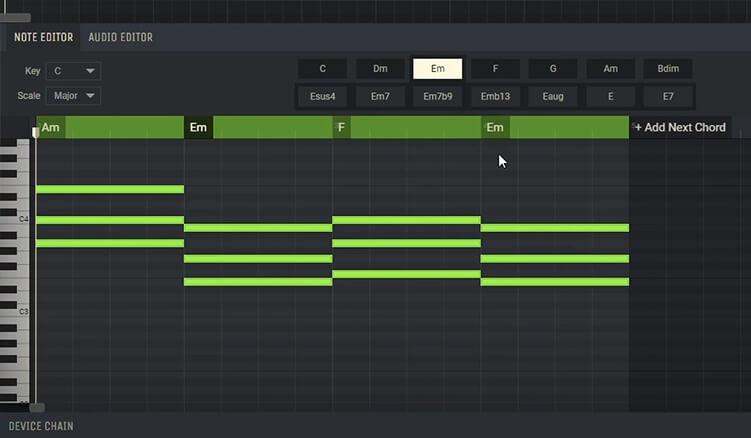Diatonic modes for beginners
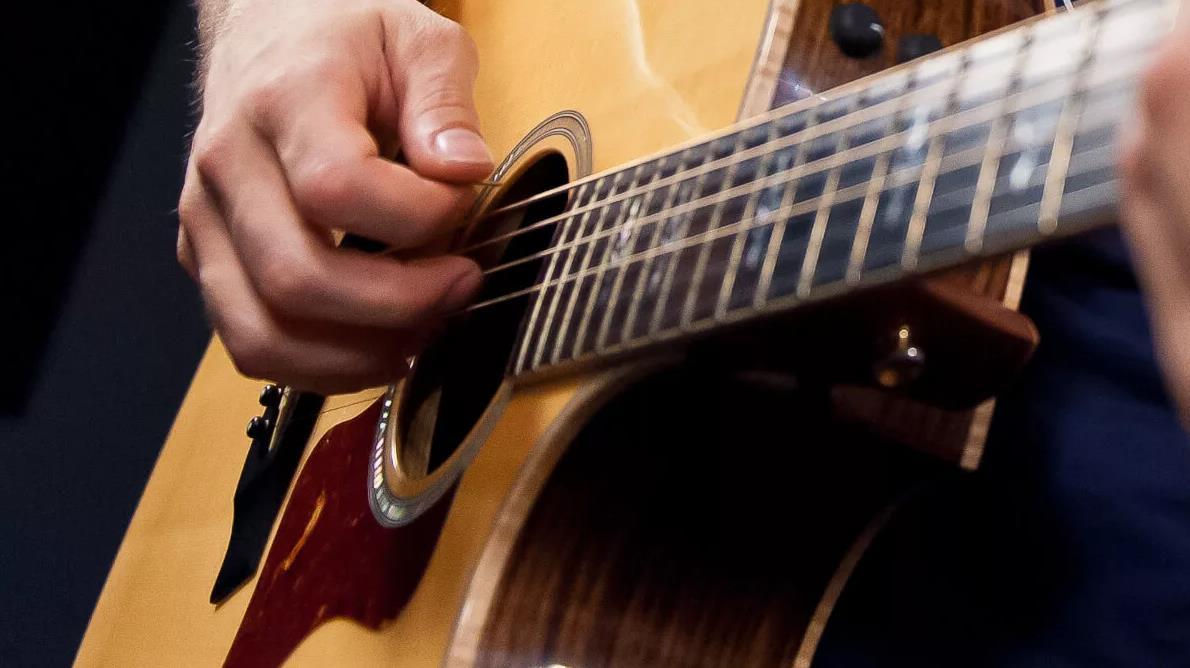
“Diatonic modes”, also known as “Greek” or “natural”, are modes built on the standard major scale in which any of the notes (degrees) of the scale can serve as the tonic. Each of these seven diatonic modes has its own unique name: Ionian, Dorian, Phrygian, Lydian, Mixolydian, Aeolian, Locrian.
The major scale itself, representing the Ionian mode, has its own characteristic sound due to a certain sequence of intervals: tone-tone-semitone-tone-tone-tone-semitone (TTSTTTS). By varying this sequence, you can create the remaining six modes, each of which has a unique sound and mood.
If we take one of the seven degrees of the C major scale as the tonic, we get the following diatonic scales:

Ionian mode

The Ionian mode spans from the first to the last note of the major scale, and in this example it begins with the note C. It has a bright and festive sound, making it ideal for creating upbeat compositions and airy melodies.
Dorian mode

The Dorian mode is based on the second note of the major scale. In the case of the C major scale, this scale begins and ends on the note D. Its minor-key tone remains vibrant, and is most often found in genres such as blues, jazz and rock.
Phrygian mode
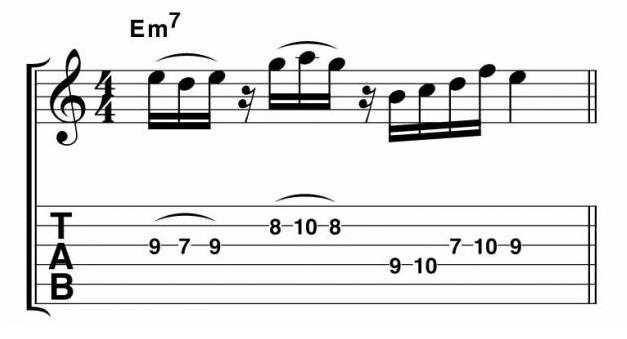
The Phrygian mode originates from the third degree of the major scale, in this case the note E. This mode has an exotic sound with clearly expressed Spanish motifs. It is especially popular in heavy metal and other styles of rock music.
Lydian mode
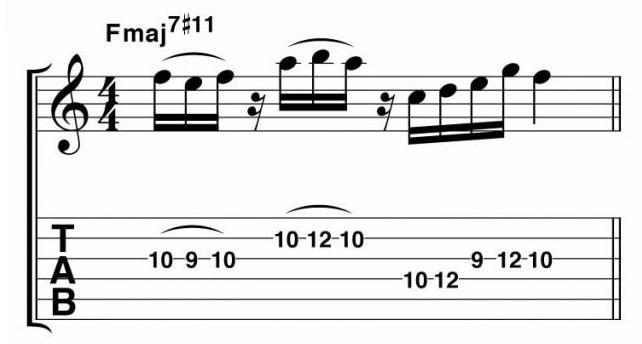
The Lydian mode is formed starting from the fourth degree of the major scale, in this context it is the note Fa. This scale is widely used in genres such as jazz and instrumental rock, and is the choice of famous musicians such as Steve Vai and Joe Satriani.
Mixolydian mode

The Mixolydian mode starts from the fifth degree of the major scale, which in this example corresponds to the note Sol. This scale is especially popular in genres such as country and rock.
Aeolian mode
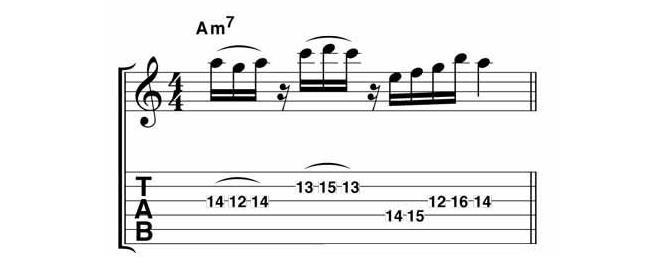
The Aeolian mode begins with the note A, which is the sixth note in the major scale. This mode is also known as natural minor. Many compositions in the early hard rock and metal genres are based on the use of the Aeolian mode.
Locrian mode
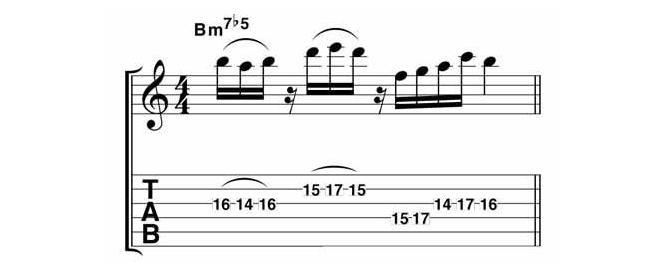
The Locrian mode starts from the seventh degree of the major scale, which in this case corresponds to the note B. This mode is neither a major nor a minor mode, and is generally considered conventionally diatonic due to its diminished triad at the base. Although it is one of the least common modes, it is sometimes used in heavy metal and fusion music.


